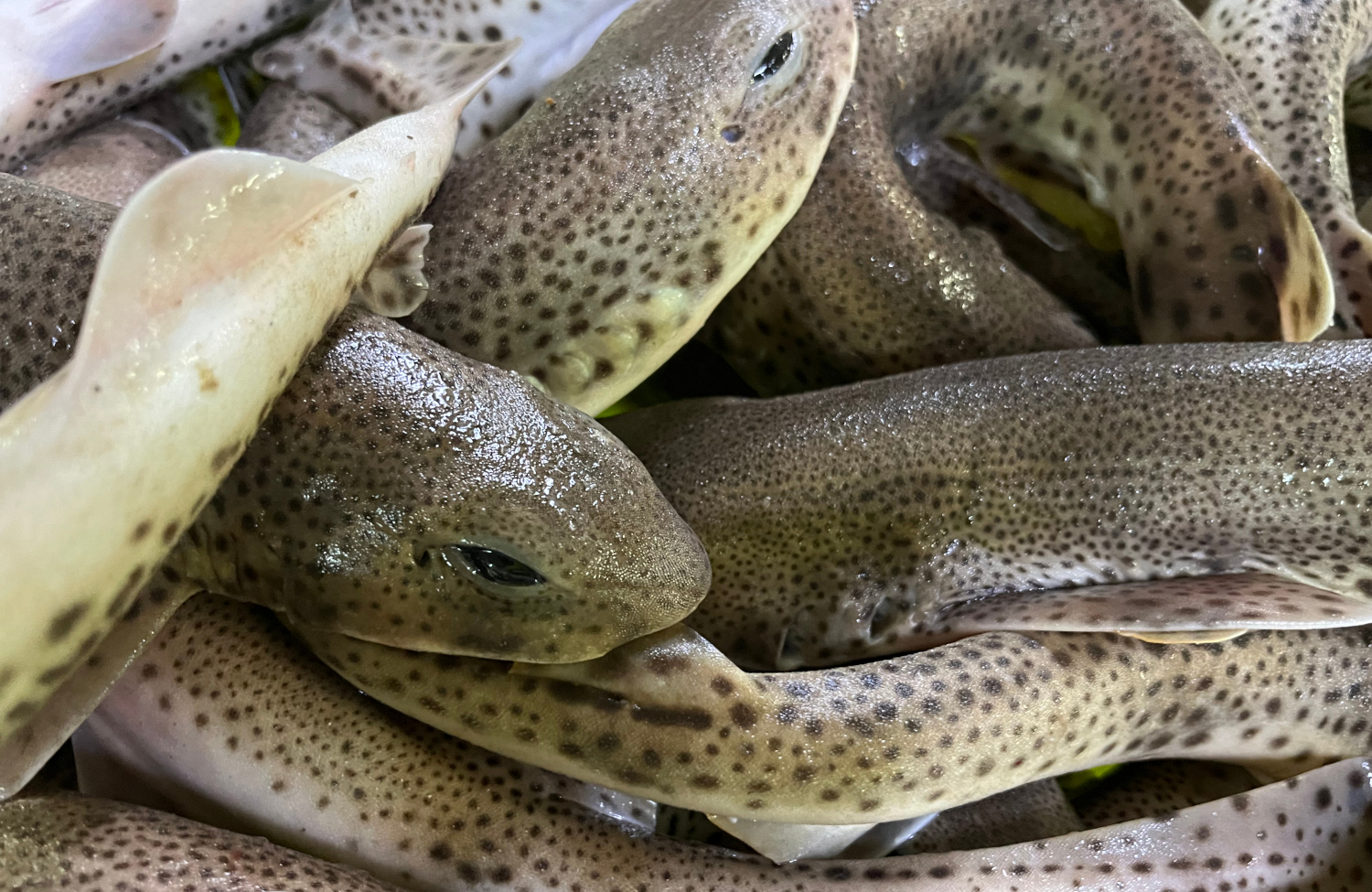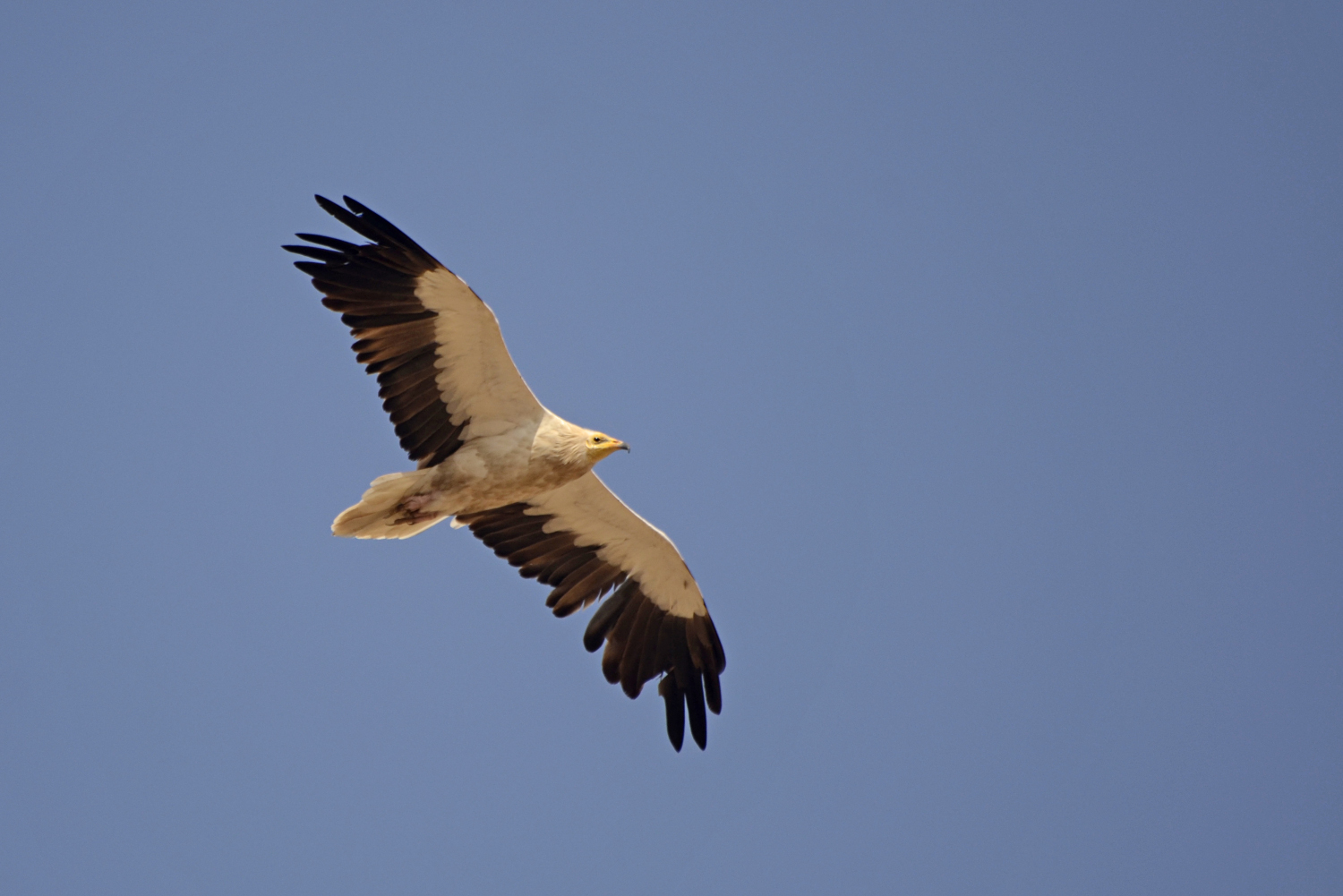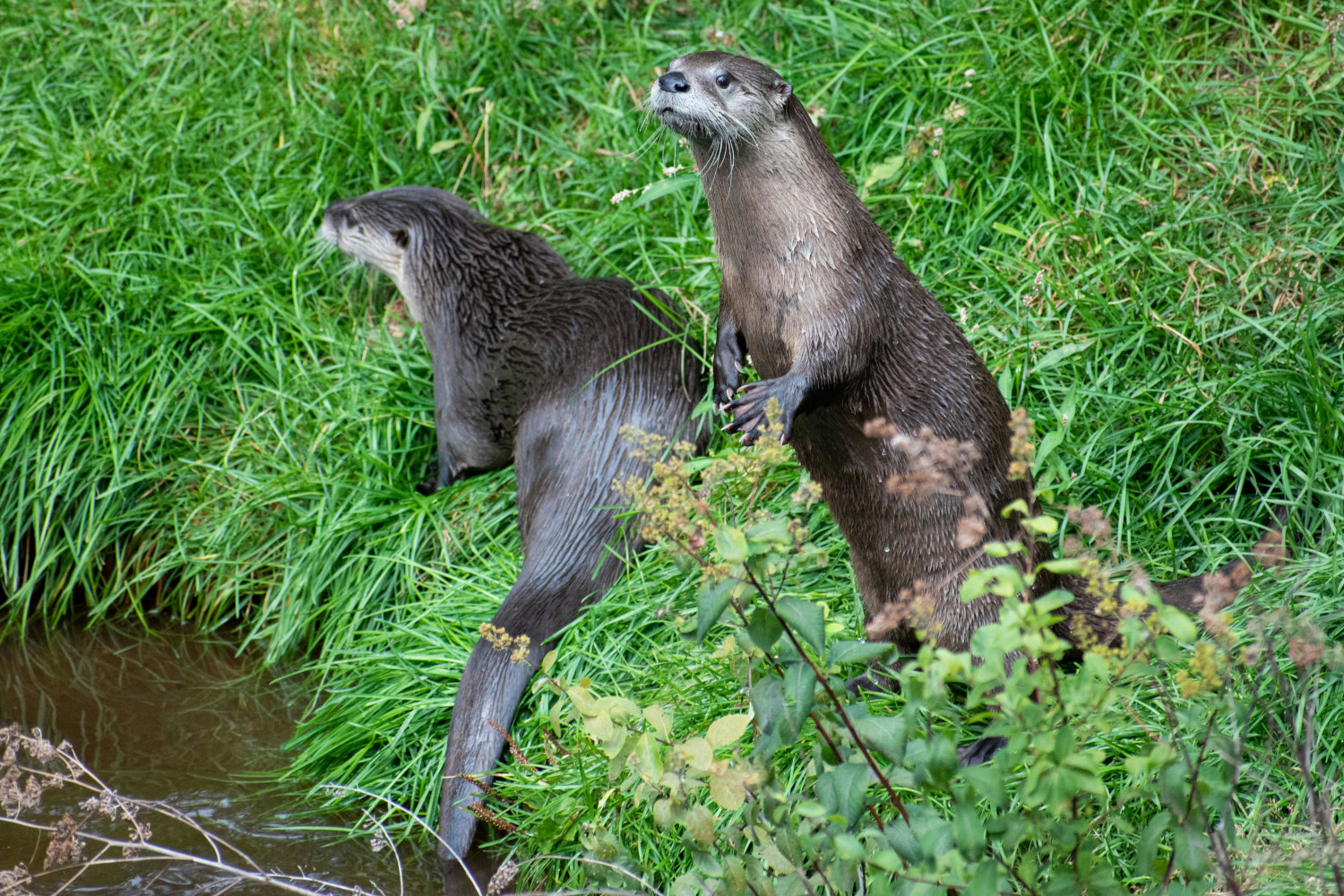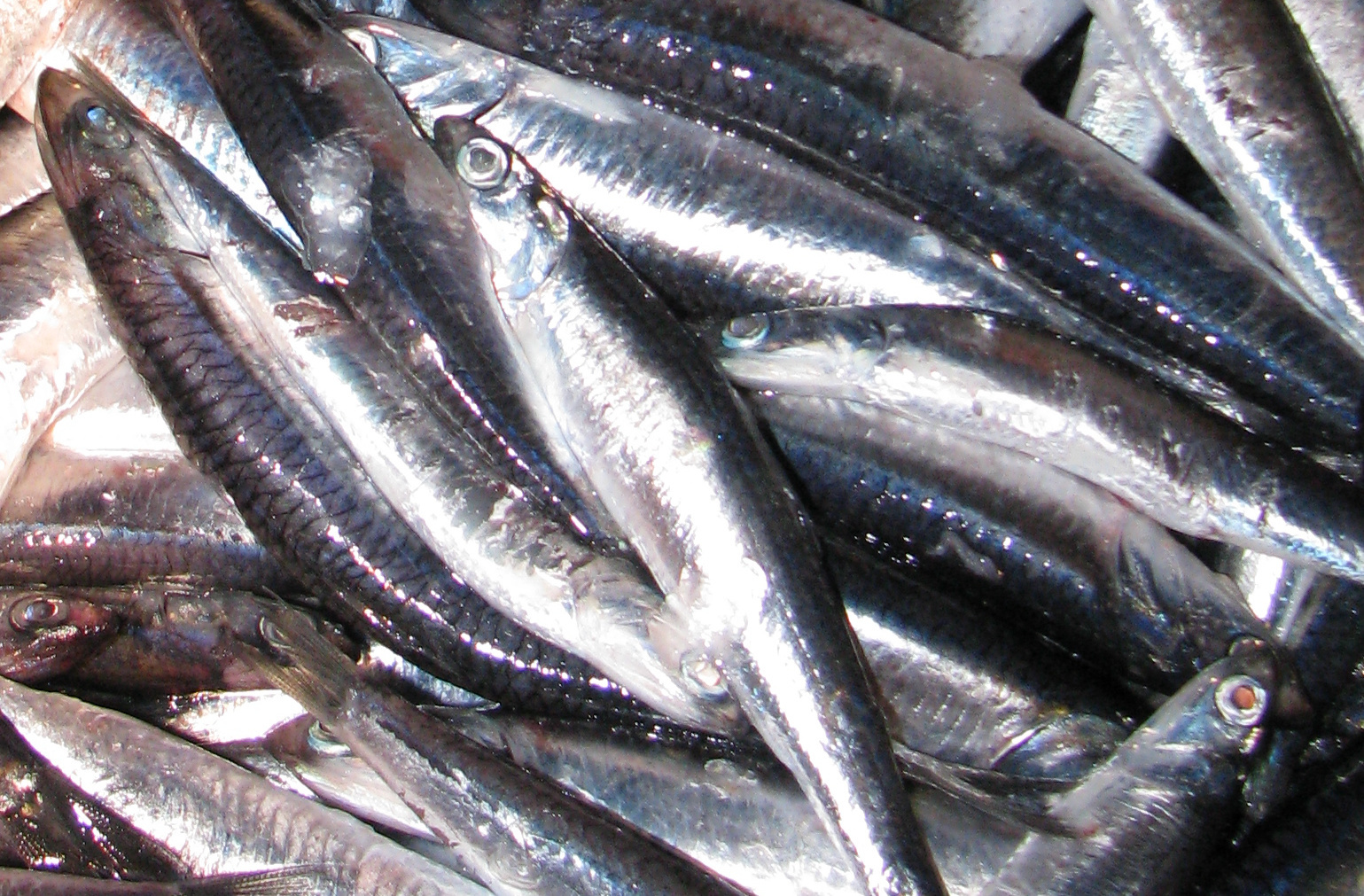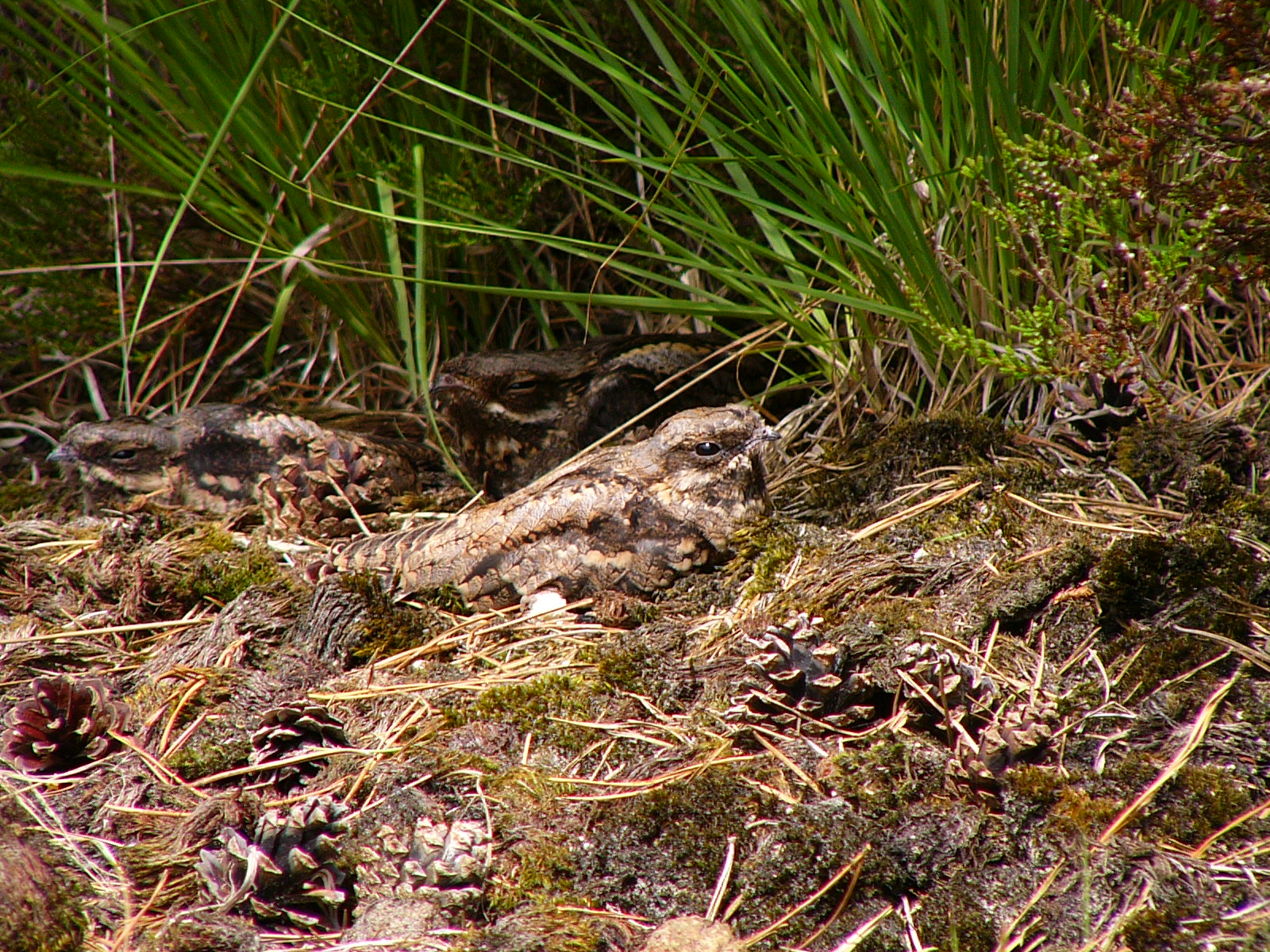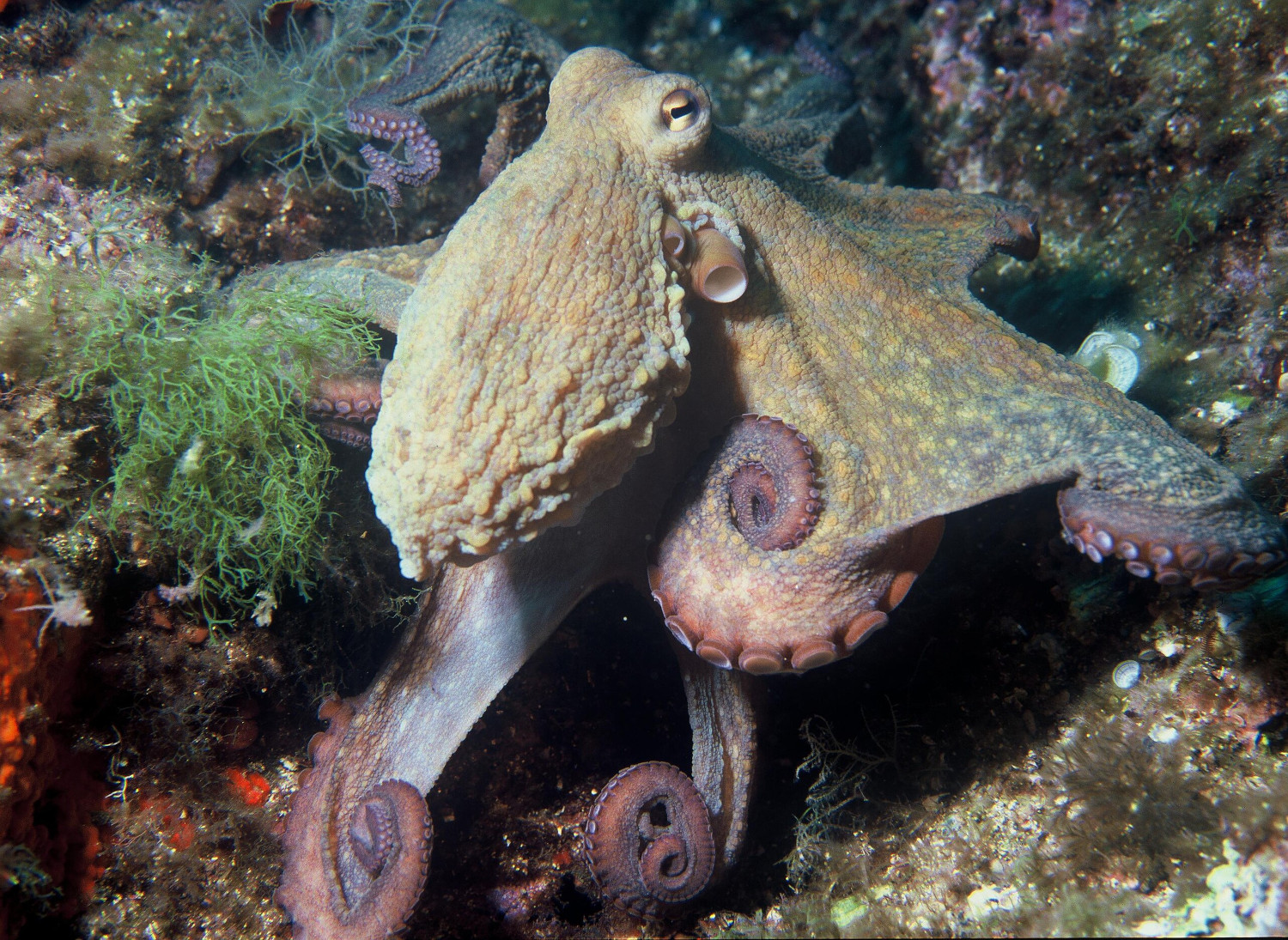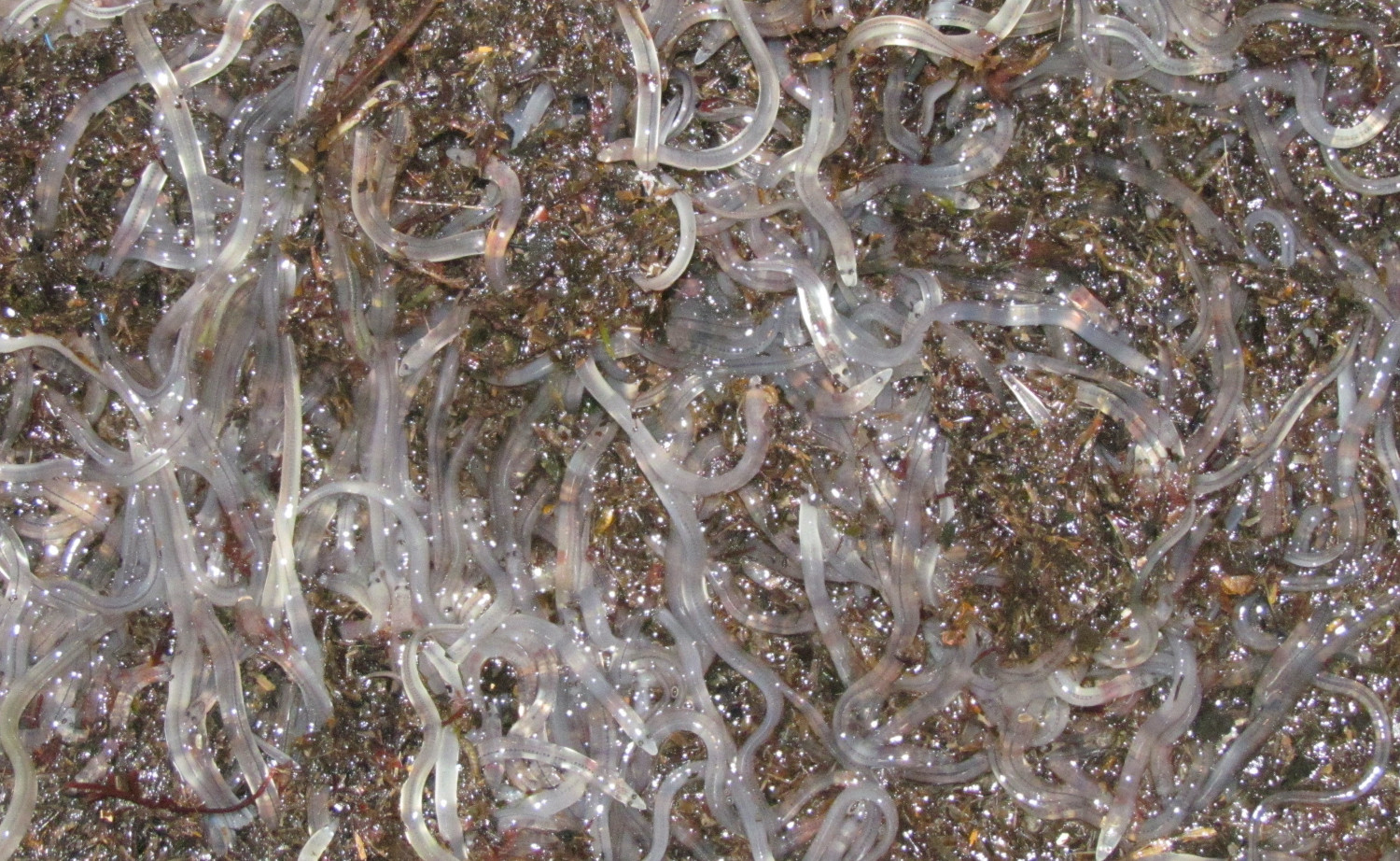A frog that loves the cold
- The leaves of the trees have fallen and the soil of the forest is covered. However, between the earth and the red leaves there is a thin layer that receives little attention, but which can be of great importance for the survival of many species. It maintains moisture, attracts bugs and protects. And here, between the leaves falling to the ground, an amphibian moves: the red frog of the forest. On the ship of the earth, the brown color looks less.
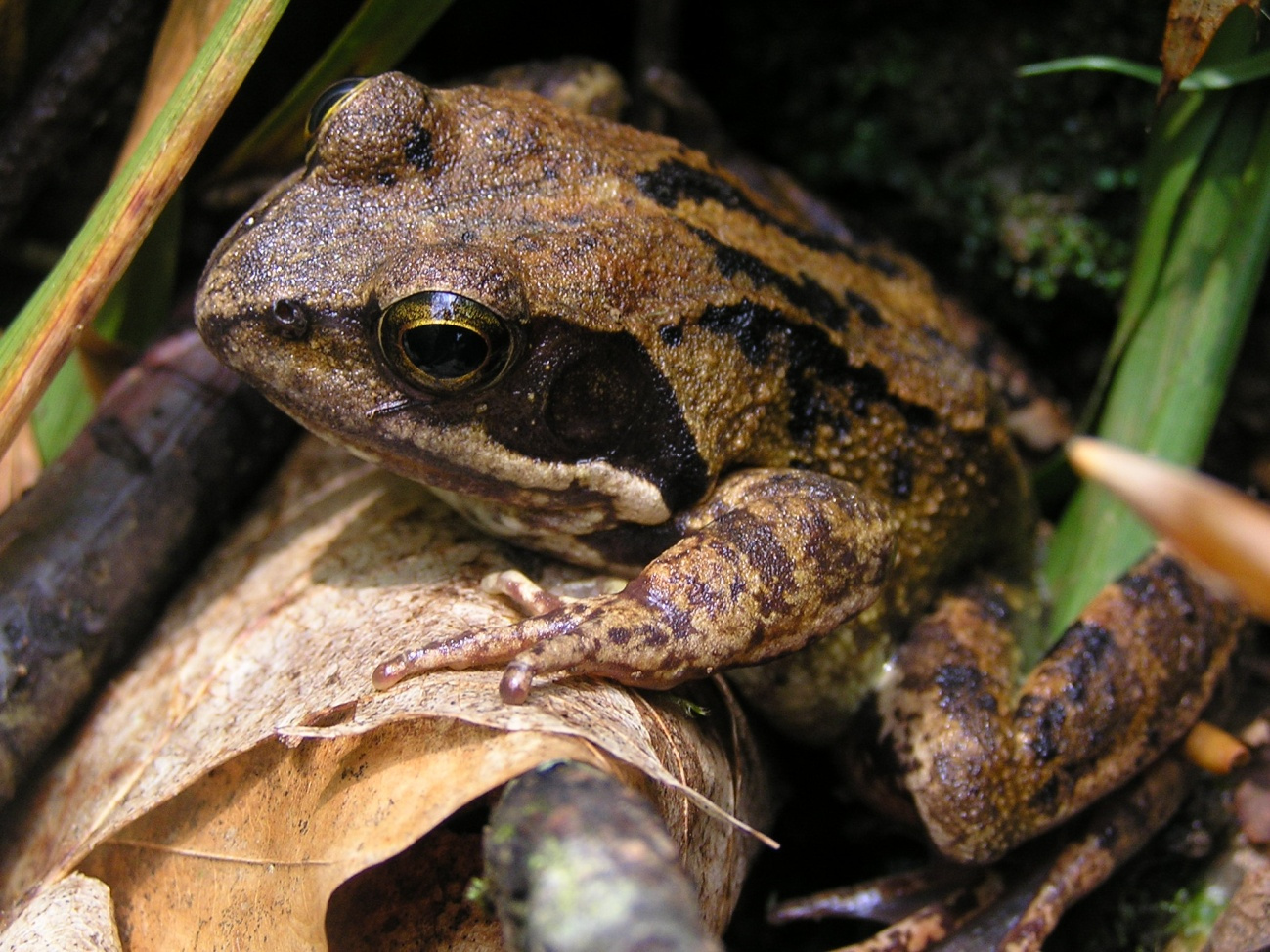
And you might wonder if amphibians were not spring animals. It has always been said that amphibians are ectotherms. That is, they depend on external temperatures and they appear when temperatures begin to soften. And you've heard that in the wells they reproduce after the winter, because after the rains, the wells are full of water. And don't be wrong if you think about it, but -- not all species are the same, and the red frog of the forest is the frog that loves the cold, because it has the ability to slow down the metabolism and stay at low temperatures. That is why it is mostly reproduced between autumn and spring. Around winter, unlike most amphibian species.
When temperatures begin to descend, the red frog of forests passes from the reddish soil of the forest to the wells, between the leaves, as if it were a small migration. In autumn, this frog lays its eggs in the lagoons of the mountains, in the wells of trails, carriages or slopes. They are eggs in the form of viscose bags. Very visible. Known to anyone who has the habit of going to the mountain. A female has the ability to lay 2,000 eggs, which will become two or four months after the frog and the head of rape.La red frog is an amphibian that
can reach a size of approximately nine cm. As its name suggests, it can be reddish, light brown or dark, and depending on the population, the stains it has on the body and the color itself are different. The breeding season begins in mid-October near the coast, and as we ascend it is delayed. For example, in the Pyrenees they are reproduced until March. In fact, the distribution of the red frog of forests starts at sea level and extends in the Pyrenees up to 2,500 meters.
It is a species that extends across Europe, from the Atlantic area of the Iberian Peninsula to Scandinavia. It is the most common frog in Europe, and hence its name in English: Common La Rasa. Despite being normal, it is protected at European level. In fact, it has been a species that has been caught for years in many areas of the Basque Country, as the flesh of its thighs is highly appreciated by many. It was like a chicken, they say.
The red frog of the forest is a ferocious jale of invertebrates that will be found between the litter. There he stands still and silent. And it won't move until the danger of man's foot is near. So it's going to take a tremendous leap. Like in the water. But in the wells, when the time comes, it will also sing. They'll make choirs underwater, not very strong. The red frog is silent, but it doesn't move.
RANA ROJA FORESTAL Rana temporaria
GROUP: Vertebrate / Amphibian.
SIZE: 9 cm.
WHERE DO YOU LIVE? Forest and pond, according to time.
What do you eat? Small vertebrates.
LEVEL OF PROTECTION Protected at European level
Itsasoan badira landareen itxura izan arren animalia harrapari diren izaki eder batzuk: anemonak. Kantauri itsasoan hainbat anemona espezie ditugun arren, bada bat, guztien artean bereziki erraz atzemateko aukera eskaintzen diguna: itsas-tomatea.
Ugaztunei eskainitako azken artikuluaren amaierako hitzak hurrengo animalia aurkezteko aitzakia paregabea dira. Bertan esaten genuen muturluzeak erreka “garbi eta txukunak” behar dituela, kutsadurarik gabeak baina elementu natural anitzekin. Animalia txiki horren... [+]
Antxoa, bokarta edo albokartia, gure arrain komertzialen artean txikiena, euskal kostaldera hurbildu da.
Katalanen ustetan artzainak engainatzen omen ditu hegazti honek: “enganyapastors”. Espainiar eta latindarrek, aldiz, ahuntzari esnea kentzen diola diote, hortik datorkio hain zuzen ere izen zientifikoan (Caprimulgus europaeus) islatzen den caprimulgus (capra... [+]
Leihatila honetan behin baino gehiagotan azaldu ditugu Ama Naturaren engainuak bere izakiak babestearren. Batzuetan, erle edo liztor itxura zuten euliak ekarri ditugu, beste batzuetan inongo arriskurik ez duten arrisku-kolorazioko intsektuak ere bai (kolorazio aposematikoa... [+]
Nekazal eremu lehor baten erdian ageri da putzua. Txikia da tamainaz, eta ez oso sakona. Egunak dira euririk egiten ez duela, baina oasi txiki honek oraindik ere aurretik bildutako urari eusten dio. Gauak eremua irentsi du eta isiltasunaren erdian kantu bakarti bat entzun da... [+]








